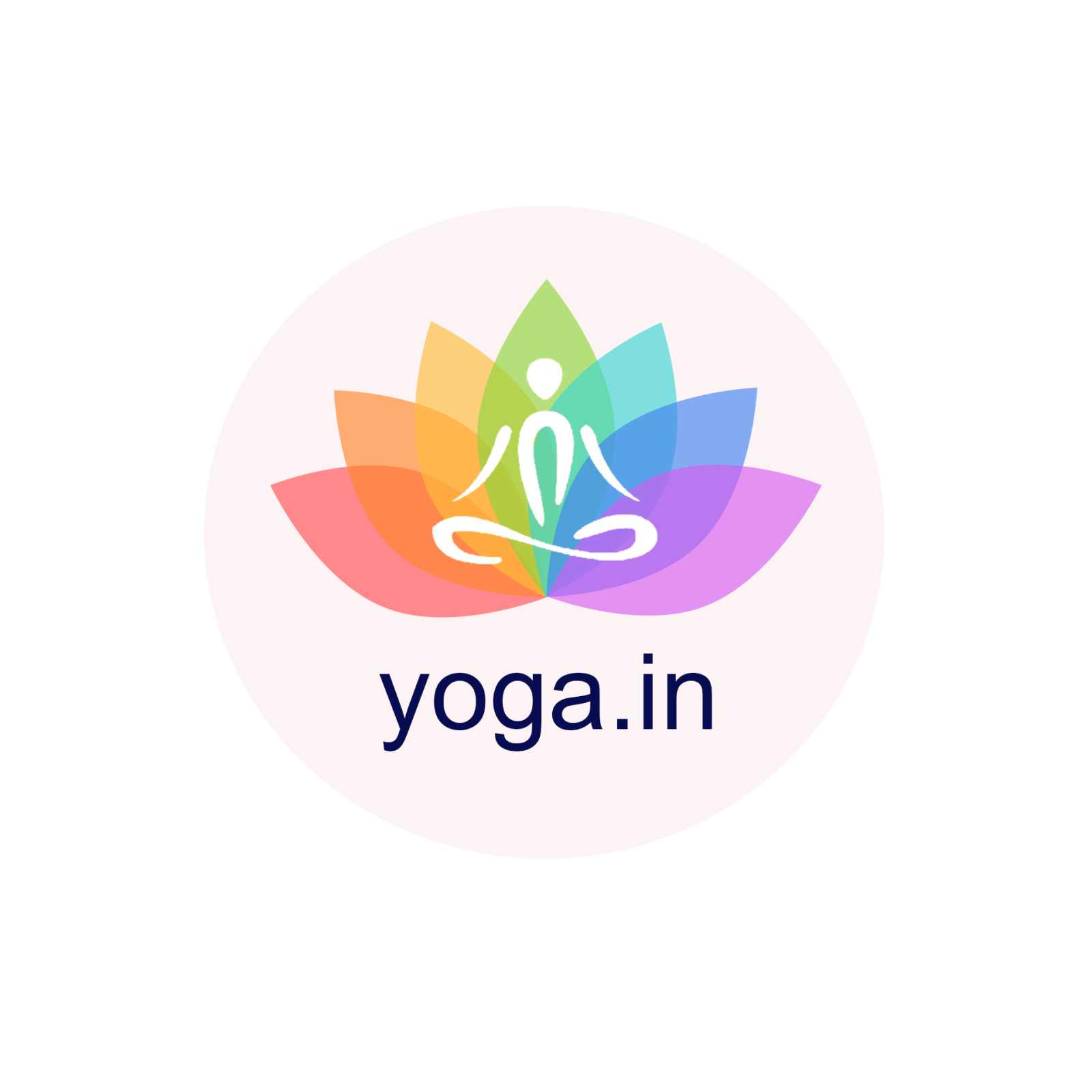Stand straight with the legs firm on the ground.

The Sanskrit name is derived from Utthita (उत्थित) meaning “extended”, Hasta (हस्त) meaning “hand”, Pada (पद) meaning “foot”, Angustha (ङ्गुष्ठ) meaning ” big toe” and Asana (आसन) meaning “posture”.
Stand straight with the legs firm on the ground.
Bring your hands to the waistline transferring the body weight into the left leg.
Look straight and find a point and bring your focus to it.
Inhale and extend your right knee in the air parallel to the chest.
Try to hook the big toe between your index finger and middle finger.
Extend the lifted leg forward, exhale, and maintain the stretch.
Inhale and gradually take the extended leg towards your right and turn your head to the left.
Maintain the pose for 30 seconds keeping the spine straight.
Avoid your pelvis to overly lift on the outstretched leg side.
Be careful while stretching to avoid misalignment and injuries in the muscles and hips.
Enhances blood circulation.
Strengthens and stimulates the abdominal muscles and organs.
Tones, stretches and strengthens hamstrings, hips, and leg muscles.
Improves stability, muscular balance, and posture.
Activates the joints.
Improves the flexibility of the spine.
Helps manage acidity.
Calms the nervous system.
Improves focus and concentration.
Effective for a healthy weight loss.
Avoid if you have an injury in your hips, back, knees, shoulders or ankles.
Avoid in case of low blood pressure.
Avoid in third-trimester pregnancy.
If you are suffering from high blood pressure, arthritis, Parkinson’s, heart-related ailments, fibromyalgia or osteoporosis go slow and steady while doing the asana along with the support and guidance from a yoga teacher.
 en
en